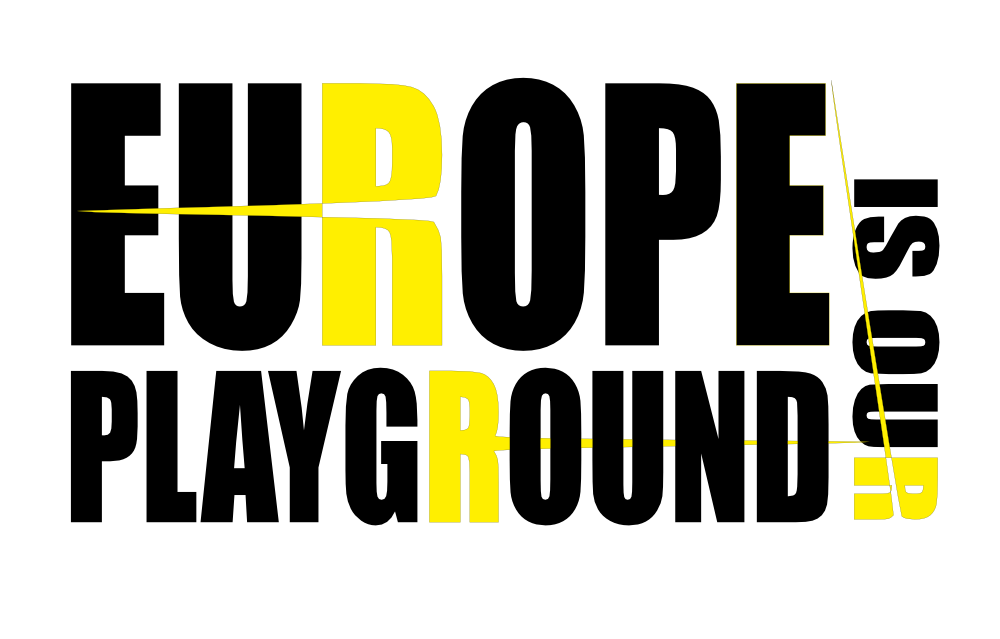10 Video Games To Inspire Your Next Trip
An aspect of gaming that I love is that of travel within the game itself, it can form a wonderful escape, as it did for me and so many others during COVID lockdowns and childhood in a small Yorkshire town bordered by industrialised vistas marring the hilly countryside. But gaming can serve as an inspiration to travel. Seeing the world portrayed, much like reading a particularly inspiring travel book or seeing a travel photo or film, can leave one with the longing to run off into the world to form adventures.
Video games can serve as windows into other cultures, act as learning tools, open our eyes to worlds old and new and take us on countless adventures. Intriguingly, everyone from the largest magazines to, well, almost every travel blogger ever, has spoken, at length, of the impact, and indeed the influence of movies on travellers, but very few have looked at travel’s role in video games.
With that in mind, I’d like this to serve as an introduction to those video games that have sent my mind on a lingering adventure, in particular those titles that are meant to reflect a real-world locale, and inspired me to travel, more than many books or films did, through their beautiful portrayal of a place, a city or a country.
Broken Sword 1 – Paris – (Revolution Software, 1996)
I was captivated from the opening line and the beautifully portrayed scenes of Paris. Those opening scenes of Broken Sword fulfilled every cliche from the looming Eiffel Tower and Paris’s architecture to its cafe culture and the protagonist lazily sitting in a street side cafe catching glimpses of a cute blonde waitress as she clicks over the cobbled path wearing a red dress and striking pair of red high heels. Much of the narration was inspiring, and written in a literary travel style that helped to frame the idea of a somewhat sterotypcial American going on a real adventure through Europe.
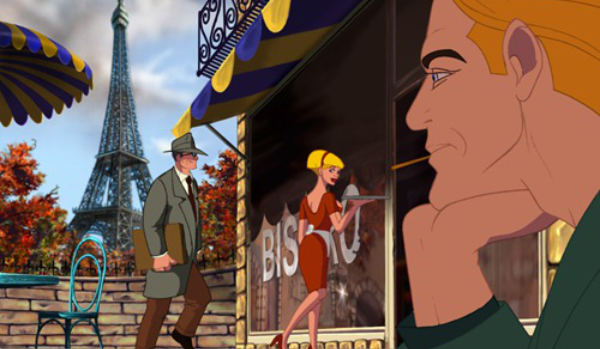
“Paris in the Fall. The last months of the year, and the end of the millennium…” – George Stobbart (Broken Sword)
Broken Sword remains the video game that most inspired me to tavel. It’s an adventure with a witty narrative and excellent writing that takes the player from the romanticised streets of Paris and the fictional and yet so very Irish village of Lochmarne to Syria and Spain in search of a costumed killer, via Knights Templar conspiracies (years before the Da Vinci Code one might add … and some fans of the series even believe that Dan Brown may have been “influenced” by Broken Sword) and a love story between George Stobbart – American tourist, and Nico Collard – French journalist.
Other great portrayals of Paris include the futuristic rendition in Remember Me, the beautiful noir world created in Contrast and as in the header image Broken Sword 5.
Get those dreamy Eiffel Tower views at Hotel Lutetia, Paris.
Dungeons of Hinterberg– Austria – (Microbird Games, 2024)
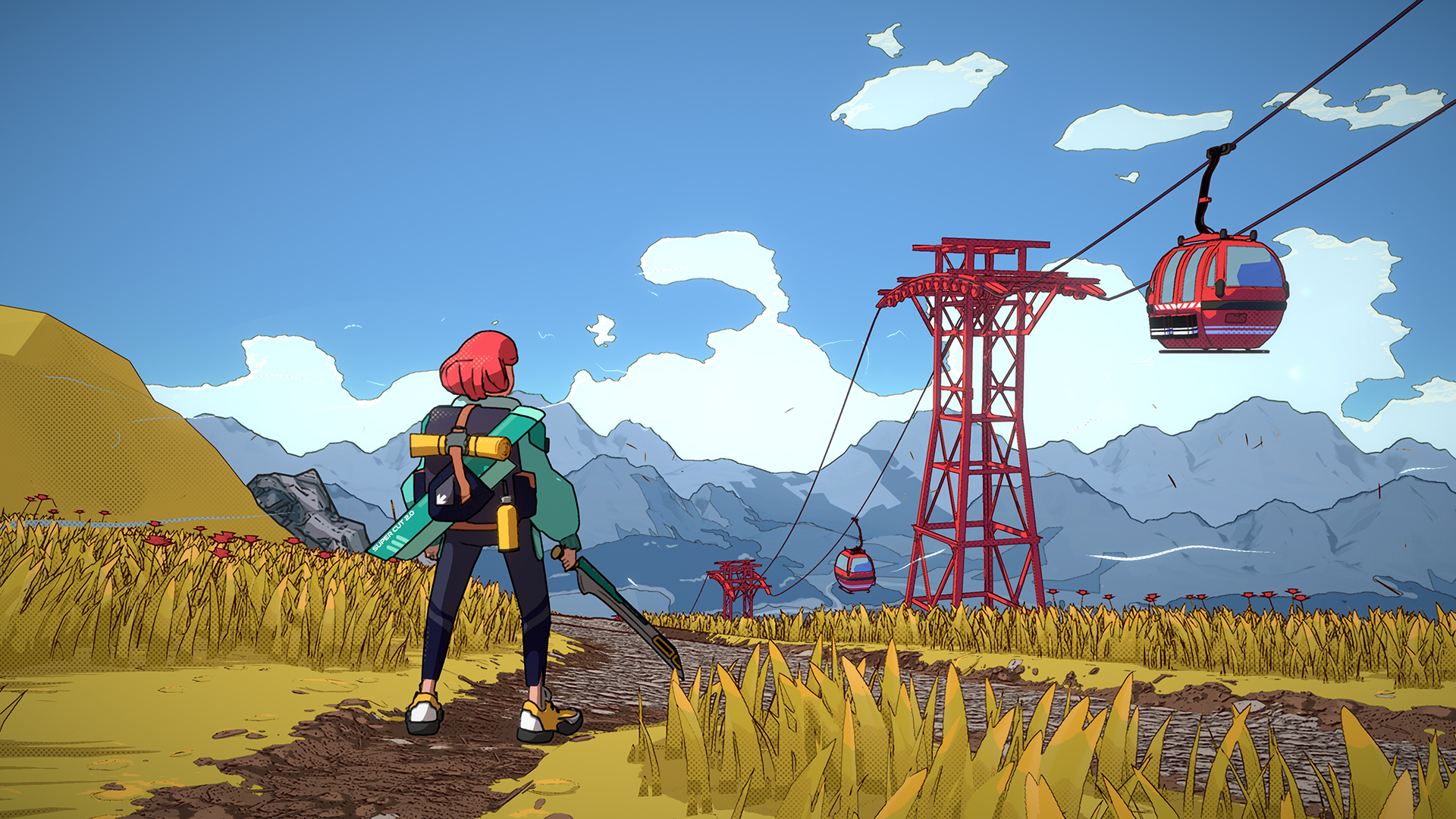
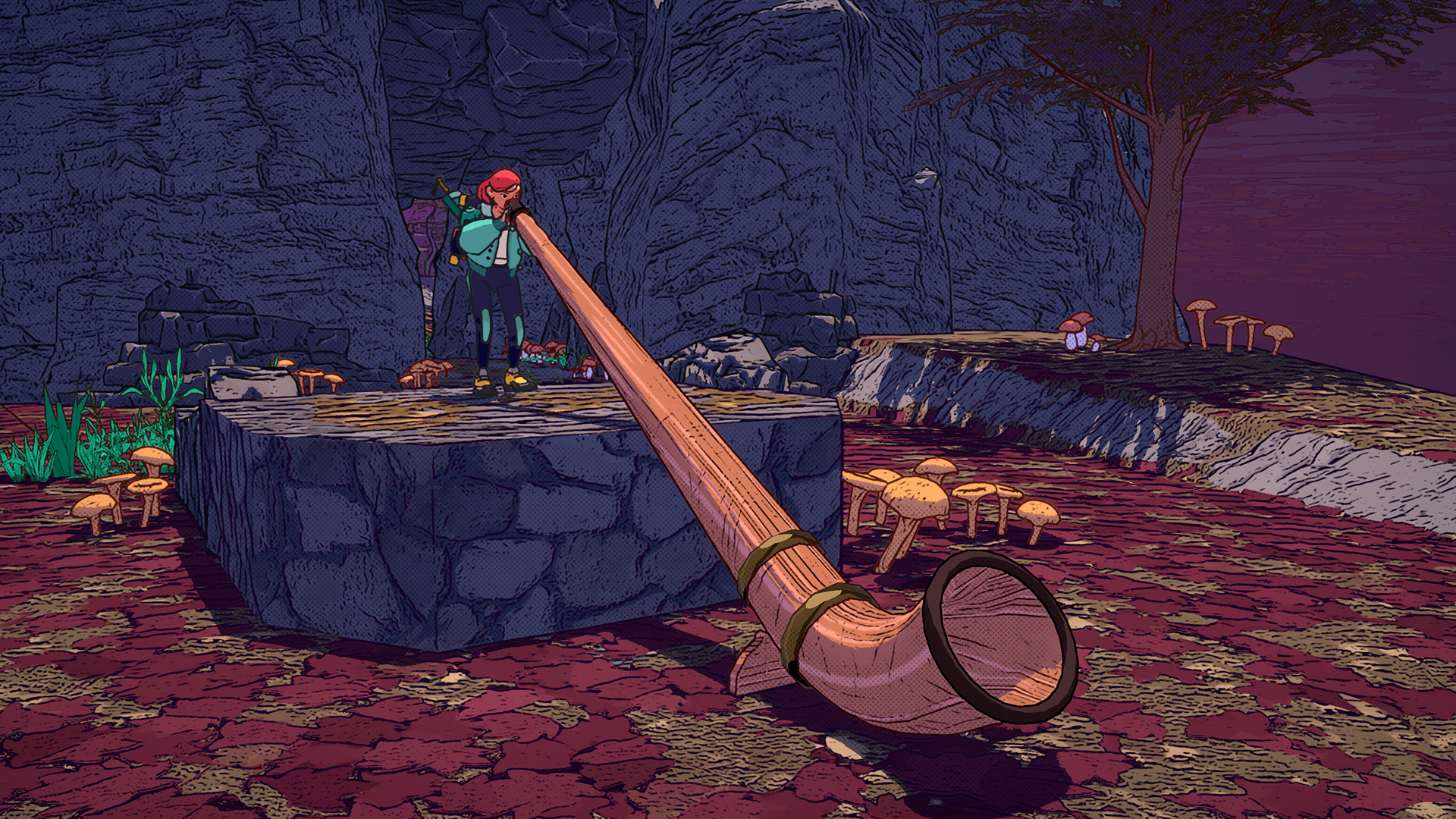
An RPG-lite with travel themes and social commentary wrapped up in a mix of Persona-like social interactions and Zelda-esque puzzling. The charming and graphically stunning Dungeons of Hinterberg sets you up as a burned-out lawyer in the real world where magic has burst into life with a collection of dungeons populated by mythical creatures (based on European folklore) in the Austrian Alps. The gameplay is simple but highly satisfying: with social chats and hangouts gaining you equipment and new skills at night, while you seek out a new dungeon to explore during the day across a variety of Austrian landscapes — each offering you a different set of magical skills to use in that area. What unfolds though is a stunning bit of travel-inspired writing that deals with themes as diverse as corporate burnout, influencer issues and perhaps most intriguingly over-tourism. You can choose to skip dungeons for the day and seek out a pretty spot to take in the scenery, where your character will mull over what’s happening, often making extremely relatable commentary on the realities of travel: taking the time to relax and unwind and simply existing away from the stresses of work and life. Add to this a sprinkle of societal commentary with characters spanning the social spectrum: from Asian sports stars and magic-opposed locals to German influencers and destructive politicians, and you have a travel game that is not only an absolute charm to play but also a brilliantly colourful, and ever-so-slightly educational dive into the issues facing the tourism industry, particularly in small European towns.
80 Days – Everywhere – (Inkle, 2014)
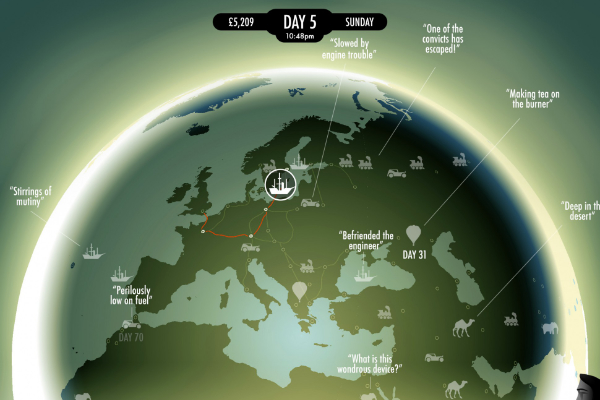
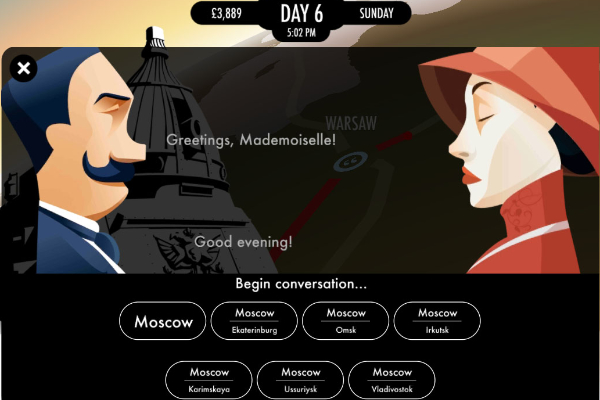
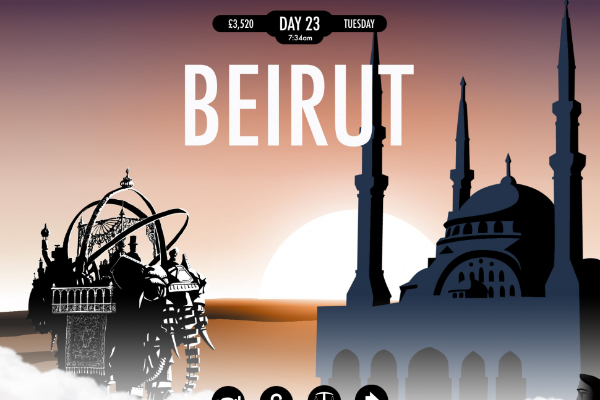
80 Days makes a wonderful companion on a journey but also serves as great inspiration to start trip planning – as that is essentially the bones of the game. It follows the adventures of Phileas Fogg who, with the aid of his manservant Passepartout, has wagered that he can circumnavigate the globe in 80 days. The game makes thousands of routes available – travelling by steam strain, airship, camel and hot air balloon, making each playthrough different. The writing is stylish, with a glamorous tone and central to the game – with deep and intriguing lore to explore should you desire – as well as a considerable number of characters to interact with. Each choice opens new doors, as you explore new routes and partake of gossip to find cheaper alternatives (backpackers take note) or luxurious new ways in which to travel with the wealthy and famous of the world. One can simply explore – buying and selling artefacts as you travel slowly around the many routes of the game – which can be fun though ultimately ends in failure, much to the dismay of Phileas.
Where in the World Is Carmen Sandiego? – The World – (Brøderbund Software, 1996)
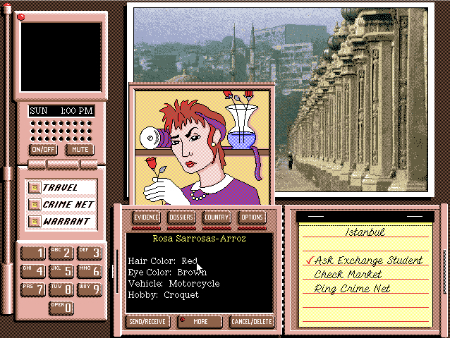
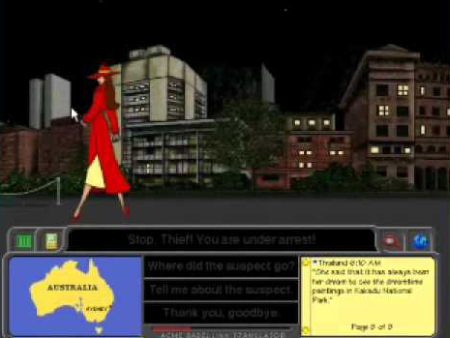
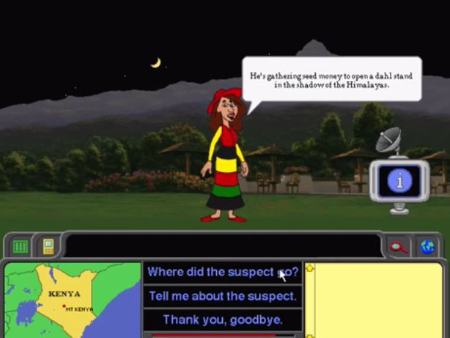
Essentially Carmen Sandiego was an educational game – used to teach geography. The “Where in the world..” games were fascinating. In the game, the player tracks a ring of thieves around the world, asking questions of locals and piecing together geographical clues. With the clues, you fly around the world slowly building a warrant with which to make an arrest, questioning locals and finding clues at each call of port, until the endgame: finding and arresting the mastermind, Carmen Sandiego. The stolen items are generally world-famous artefacts (or in some cases entire cities) associated with the country in question such as Italy’s Sistine Chapel, every last drop of Salsa from Mexico, the entire city of Casablanca, and and the Statue of Liberty’s torch.
The Last Express – Orient Express – (DotEmu, 1997)
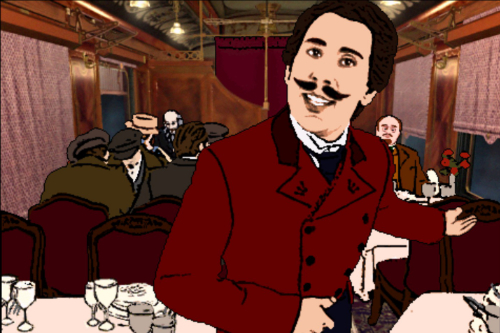
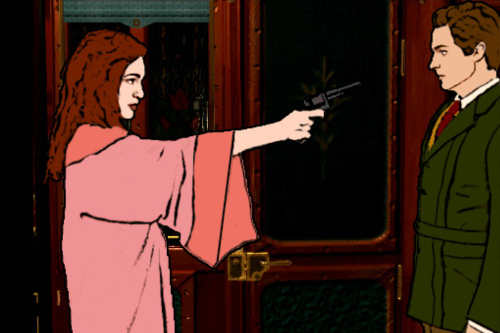
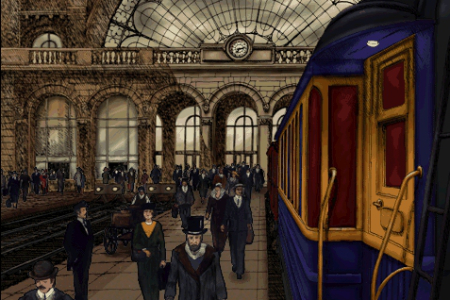
As well as being a wonderful travelling adventure game, The Last Express has the honour of being one of very few games that attempts to simulate real world time, in game. It does this well, but the intertwining stories that one finds aboard the Orient Express coupled with the beautifully drawn rotoscope graphics are what draws one deeper in to the game. The Last Express made me long for train travel and still does to this day. Playing as the main character, Robert Cath, you board the Paris-Constantinople express at the Gare de l’Est at the command of a close friend, but as you make your way through the introduction it’s clear that you have stumbled into a complex web of political intrigues, suspense, romance, and betrayal. The game mechanics can take some getting used to, especially, if like me, you spend too much time lingering over each diorama and every overheard conversation. It brings to mind Agathe Christie’s ‘Murder On The Orient Express’, but it’s so much more than a homage, this is one of few game interpretations of train travel, and it manages to catch the mood of both the setting and the era magnificently.
The Longest Journey – Venice & the future – (Funcom, 1999)
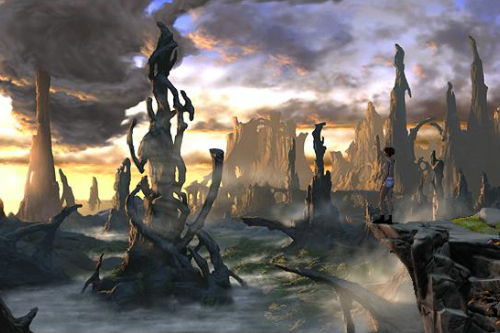
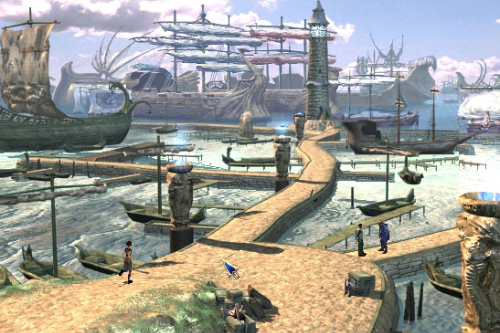
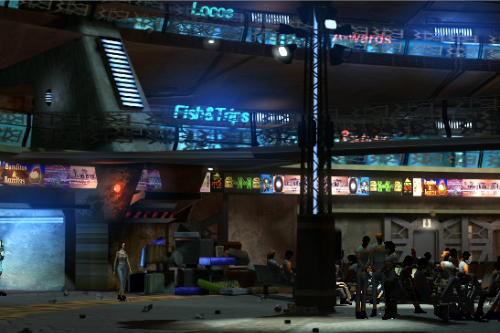
The Longest Journey weaves a thrilling sci-fi story through a beautiful point-and-click adventure game. The hand-drawn backdrops and deeply engaging narrative make it a game I go back to again and again. The story takes place in the parallel worlds of Stark – an industrial future vision of our earth and Arcadia – a world dominated by magic. In it, you play April Ryan, a college student who is essentially tasked with restoring balance to the two worlds. The game takes you from the neon-lit streets of the canal city of “New Venice” (it’s a very loose interpretation) to the surreal magical city of Marcuria via journeys by ship, the tube and magical portals, and stop-offs in grand cathedrals and art galleries along the way. A puzzle in the game requires the player to repeatedly speak to a priest until you understand what he’s trying to say. There’s a hint of magic in the scene that reminds me of the first times I travelled abroad and hoped that through some kind of divine intervention, I’d simply understand what was being said to me. Alas, in the game, words in English do magically begin to seep through the priest’s dialogue, whereas in real life it was a case of watching where the finger pointed, the tone of voice and keeping my eye on the context. It remains a valuable lesson in perseverance, nonetheless.
Shenmue 1 & 2 – Japan & China – (Sega, 1999/ 2001)
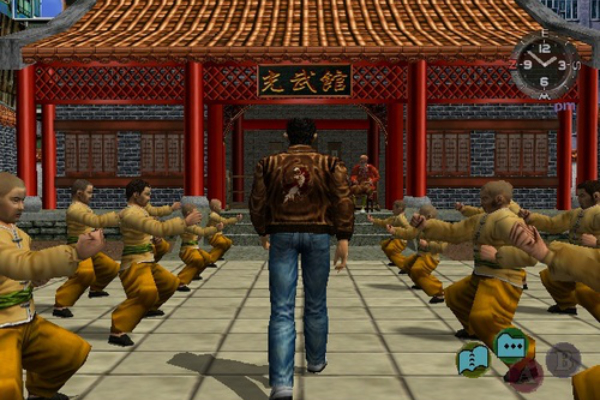
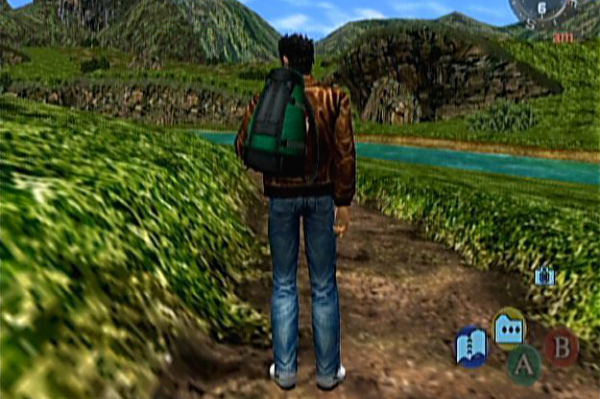
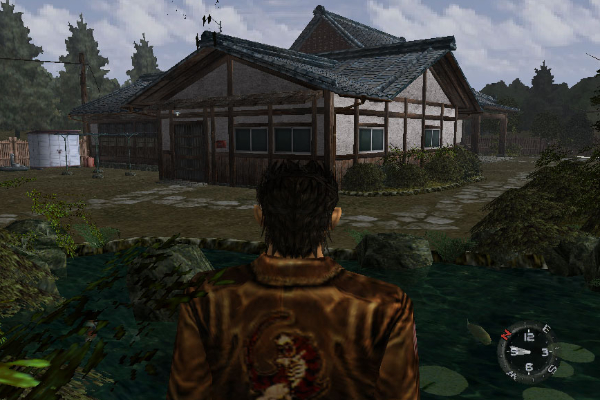
Shenmue is responsible for so much in the world of video games. Everything from new play types and technologies to new ways of telling stories within the confines of a video game. It introduced players to a level of detail which was unprecedented at the time – though it was the kind of detail that many were underwhelmed by. I, and a legion of others, on the other hand, were beguiled. The story served for me, as an introduction to a popular trope from Chinese cinema – revenge epics, but more than that – it was a window into two entirely different and endlessly fascinating cultures. The game allows you to live in the shoes of its main protagonist, going to work, petting cats as you walk down the street, earning money and doing all the things one takes for granted each day, only in Japan with all the glorious oddities and quaint diversions that one expects, all the while getting deeper into the thick of the plot, by way of asking questions, discovering secrets and eventually, travelling from Japan to China.
Other games with great portrayals of Japan include the Yakuza series, Catherine (for the social aspects) and Snatcher for its incredibly immersive cyberpunk rendition of Tokyo.
“By focusing on nostalgia and the ordinary, Shenmue creates a window into Japanese and Chinese culture … it shows us cultural differences through the ordinary and familiar.”Yu Suzuki (Creator of Shenmue)
GTA: San Andreas – California & Nevada (Rockstar North, 2004)
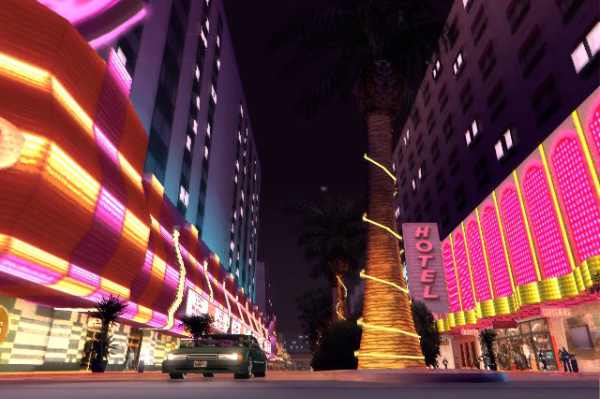
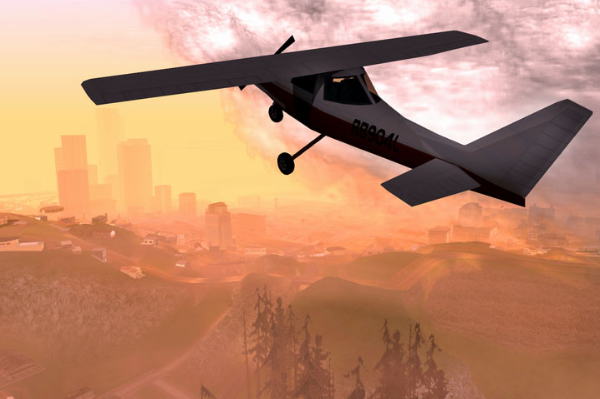
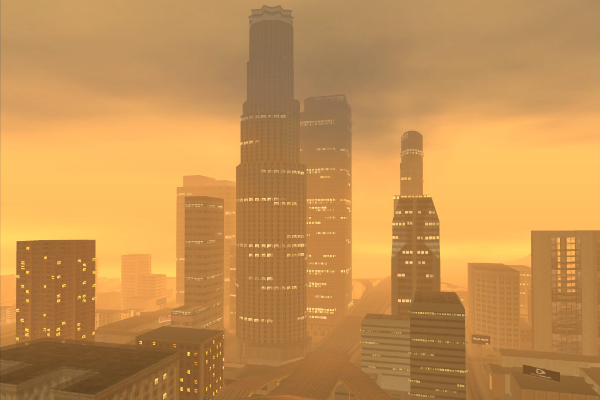
Most of these inspiring travel games are adventure games, but there are exceptions, of course, and Grand Theft Auto: San Andreas is one such exception. Set in a fictional city that is heavily influenced by California and the Nevada desert. The story takes you on a journey employing everything from air travel to island hopping, and hiding out in the dessert. You can play sandbox games such as this pretty much however you want to, watching the pixel sunset from the top of a mountain, dropping money into a slot machine in a casino, sailing into the unknown and diving from the pier to find oysters, or following the storyline as it takes you around the gigantic map. Both in this game and GTA 5 (which is so stunning that it’s birthed a whole new genre of travel photographers using the in game ‘Snapmatic’ photo app), Rockstar have tirelessly moulded a beautiful and rich world for gamers to explore – a perfect, if slightly strange and cliched, remoulding of California and the desserts of Nevada.
Other games set in the USA include Hotel Dusk for its gritty depiction of a Los Angelian hotel and Runaway: A Road Adventure for its take on the great American road trip.
S.T.A.L.K.E.R Shadow of Chernobyl – Pripyat – (GSC Game World, 2007)
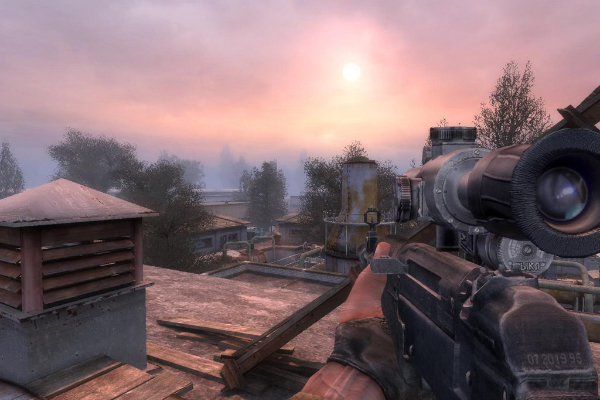
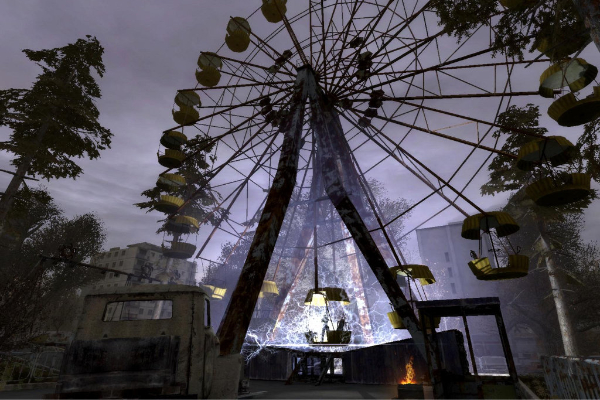
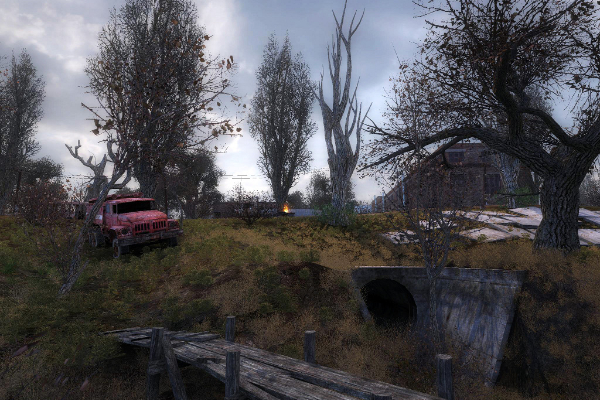
Another good example of a game in a different genre is the unique S.T.A.L.K.E.R. This game made me take a second look at Chornobyl, not necessarily because of the game itself, but because of the fascinating development notes that accompanied it – telling the story of the team’s research on Chornobyl to properly map ‘The Zone’ through a series of trips and satellite photographs of the affected areas. The game is bleak but beautiful in its stark way. Spotting famous Chernobyl landmarks such as the Pripyat Ferris Wheel was a hugely entertaining aspect of the game though second to playing to survive in a harsh post-nuclear environment – which is at S.T.A.L.K.E.R’s core.
Broken Sword 5 – London – (Revolution Software, 2013)
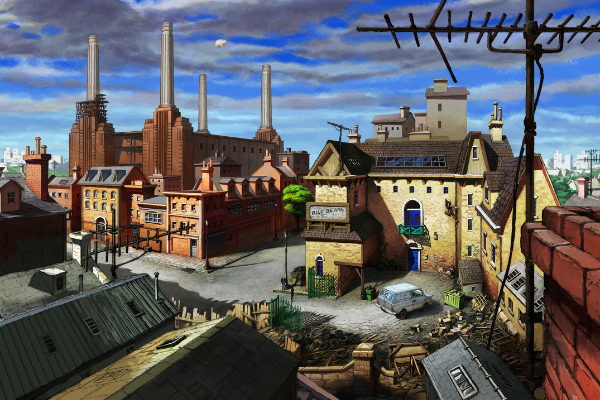
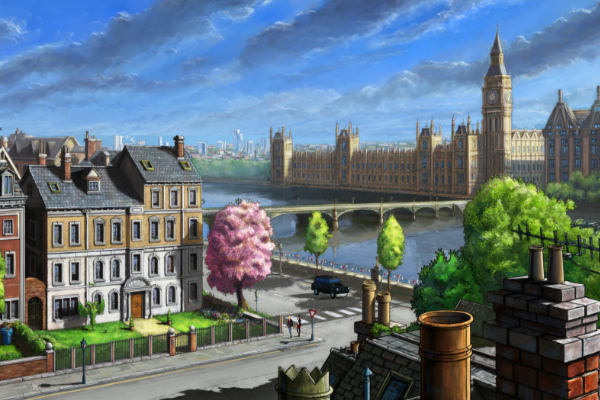
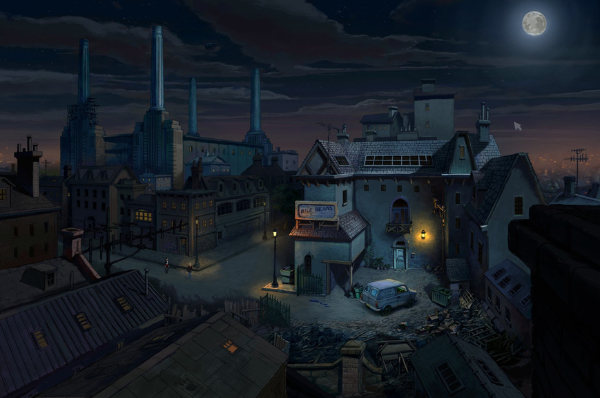
I could easily name all of the Broken Sword games here, as each one, even the slightly disappointing 4th instalment, utilised travelling as a major theme. However, I’ve limited myself to two. This isn’t the first time that London showed up in Broken Sword but it was utterly charming in Broken Sword 5. Of particular note is the artist’s residence right next door to Battersea Power Station (pre-redevelopment): run-down, gritty and industrial, and the beautiful little gardened houses with a perfect view of Westminster (if only..) and the Big Ben where we meet Medovsky – Putin’s digital brother.
See Digital Representations of London for more video games set in London
Honourable mentions goto Lost in Blue for making me want to get lost on a dessert island and go fishing, Sid Meier’s Pirates for filling me with the desire sail the Caribbean, and Grim Fandango for making me romanticise the Aztecs Land of the Dead (complete with the travel agents of the Department of Death).
If you enjoyed this article, please consider booking your hotels with this link, from which we may earn a small commission.
